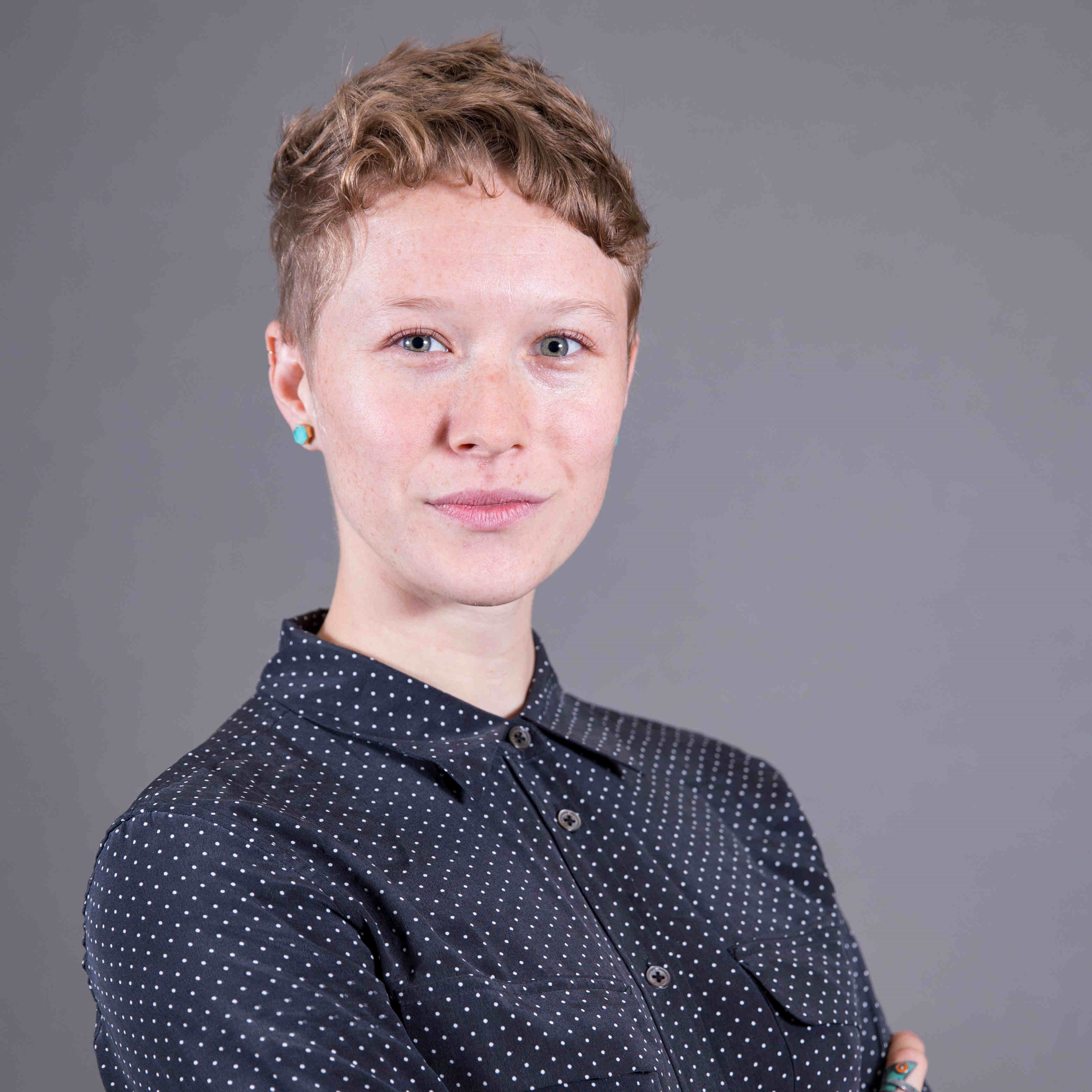WORK IN THE USA
The Past Decade of US Work Visas in Numbers
Photo credit: https://timedotcom.files.wordpress.com/2018/01/ellis.jpeg
Franklin D. Roosevelt
The history of America is a history of immigration. This visualization project explores trends in work visa immigration from a contemporary lens- 2007 to 2017. We look at H1B visas (for specialized work and people with graduate degrees), H2A visas (for temporary agricultural work), and H2B visas (temporary, nonagricultural work). We intersperse the data with the human stories of people who have migrated to the US in the past 10 years.
We hope this data art project can combat xenophobia and remind us of the beauty and living history of migration.
Photo by Nathan Adams. From Flickr Creative Commons. https://www.flickr.com/photos/nathan_adams/8720200308/sizes/l
Information from US Citizen and Immigration Services https://www.uscis.gov/working-united-states/working-us
Where Are People From?
The vast majority of people migrating to the US on H1-B visas in the past 10 years are from India, while the majority of people migrating on H2-A and H2-B visas are from Mexico.
Click on the interactive visualization to the left to learn more about each country over the years. Or toggle between visa types! Double click or use your scroll track to zoom in and out. Click and drag to pan around the map.
"After my family got a visa in Yemen, I was so glad that I would be going to the USA. All my family were happy for us but most of them were crying at the time we left. We left Yemen during the beginning of the revolution to change the president. Since then people are suffering from lack of food resources. Each year it gets worse. My father told us that we would not stay for a long time in NYC but since the war started in Yemen it’s not safe anymore. We couldn’t go back so we decided to stay."
-Basam
Story thanks to https://myimmigrationstory.com/.
Photo thanks to https://www.aljazeera.com/indepth/features/2011/06/20116101015017996.html
What is the History?
The US has a fraught history of policy relating to migration. At times, policies have been explicitly racist or discriminatory . At other times, policies have been used to encourage migration.
Click on the interactive timeline to the left to learn more about each policy, or to sort between legislation, executive orders, or supreme court decisions.
"In Eritrea, there are nine ethnic tribes. All of them use a special utensil for coffee in a creative way.
This special coffee maker is known as a jebena. Coffee made by a jebena is popular in Eritrea and surrounding countries. Serving coffee in the United States is different than the way you would do it using a jebena for Eritrean coffee. The jebena is made of clay and it has a circle base, a long cylindrical neck, and a curved handle... The jebena has a special place in my heart because of the fond memories it brings back...So, on Sundays after church or on holidays, my family and I can get together to laugh and eat our American food, but it is certain that we will pull out our jebena and start to make coffee. We are reminded of our home land and that it’s really not that far away. We miss the times we had there but with our smiles, happiness, and coffee we can make some new memories here."
-Mussie
Story thanks to http://immigrants.mndigital.org/exhibits/show/immigrantstories-exhibit/item/580
Photo thanks to http://emanbakry.blogspot.com/2014/12/
Who Migrates to the US on Work Visas?
The area chart above shows total approved H1-B work visas from 2007 to 2017. Select a section of the area chart to view how the demographics of people awarded work visas changes over time! As you can see, the majority of migrants on H1-B work visas tend to be young, well educated, and in the computer science or tech sector.
"I was born in Jalisco Mexico, where I lived with my parents and eleven siblings. At the age of 15, I started my remarkable journey coming to California in the United States. At one point I lived in the mountains. I then began working in the vegetable fields in California in order to bring, raise and help educate my siblings. I then got an opportunity to work as a dishwasher and night cleaner at a lodge in Pebble Beach. I worked hard and long hours on the graveyard shift so I could continue to go to school and learn English. I was quickly promoted to line cook and had the opportunity to cook for past President George H.W. Bush. I am currently a private chef, radio host, writer, journalist and TV and radio producer. I maintain a very busy life doing the things I love with a passion."
-Pedro
Story thanks to https://myimmigrationstory.com/.
Photo thanks to https://www.cnn.com/videos/politics/2017/04/06/california-farmers-undocumented-workers-jones-pkg-ac.cnn
Where do People Go?
The following data looks at H-1B visas applications that were marked as "certified", meaning that the applicant is eligible to file an H-1B, not necessarily approved.
"I was born in an outer city suburb in the Philippines called Quezon City. My family and I immigrated to the United States when I was almost 6 years old, and that was almost 12 years ago today. It was always a priority for my parents to provide a better life for us than the lives my siblings and I would have had to go through in the Philippines. They knew that living in the America would give us the opportunities to strive for a higher education and to pursue our dreams. So with hard work, dedication, and most importantly faith, my parents were able to move our family of 5 across the world, more than 10,000 miles away."
-Faye
Story thanks to http://immigrants.mndigital.org/exhibits/show/immigrantstories-exhibit/item/478
Photo thanks to https://en.wikipedia.org/wiki/Quezon_City
What Are the Time Trends?
The trendline to the right shows
H1B visas (graduate, specialized workers),
H2A visas (temporary agricultural workers),
and H2B visas (temporary non-agricultural workers).
Right now the graph shows overall world trends. Type any country in the box to explore its visa trends over the past decade!
"My grandparents were refugees at the time of partition in India from, what is now, Pakistan to present India. They worked long and hard days doing blue-collar jobs so that my parents would have a better chance at life. My parents chose to honor their sacrifices by seeking a better life in the United States. We came to this country because my mother had a fellowship. We landed with just over $800 in NYC. They recognized that the caste system in the US is based on where you go to school so they sent my sister and I to the best high schools and then the best colleges. I am now in law school working to make sure our systems provide everyone with a fair shot at success... We honor the sacrifices of our family by trying to make the world a better place. We believe that the promise of America can be a reality for all of us. We are Americans."
-Aditi
Story thanks to https://myimmigrationstory.com/.
Photo thanks to https://www.hindustantimes.com/india-news/partition-at-70-the-numbers-that-divided-india-and-pakistan/story-KvuFkeJlqNBky3JT5ZaZuK.html
Authors


